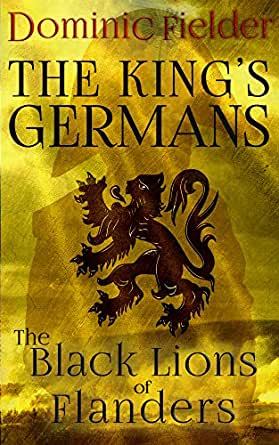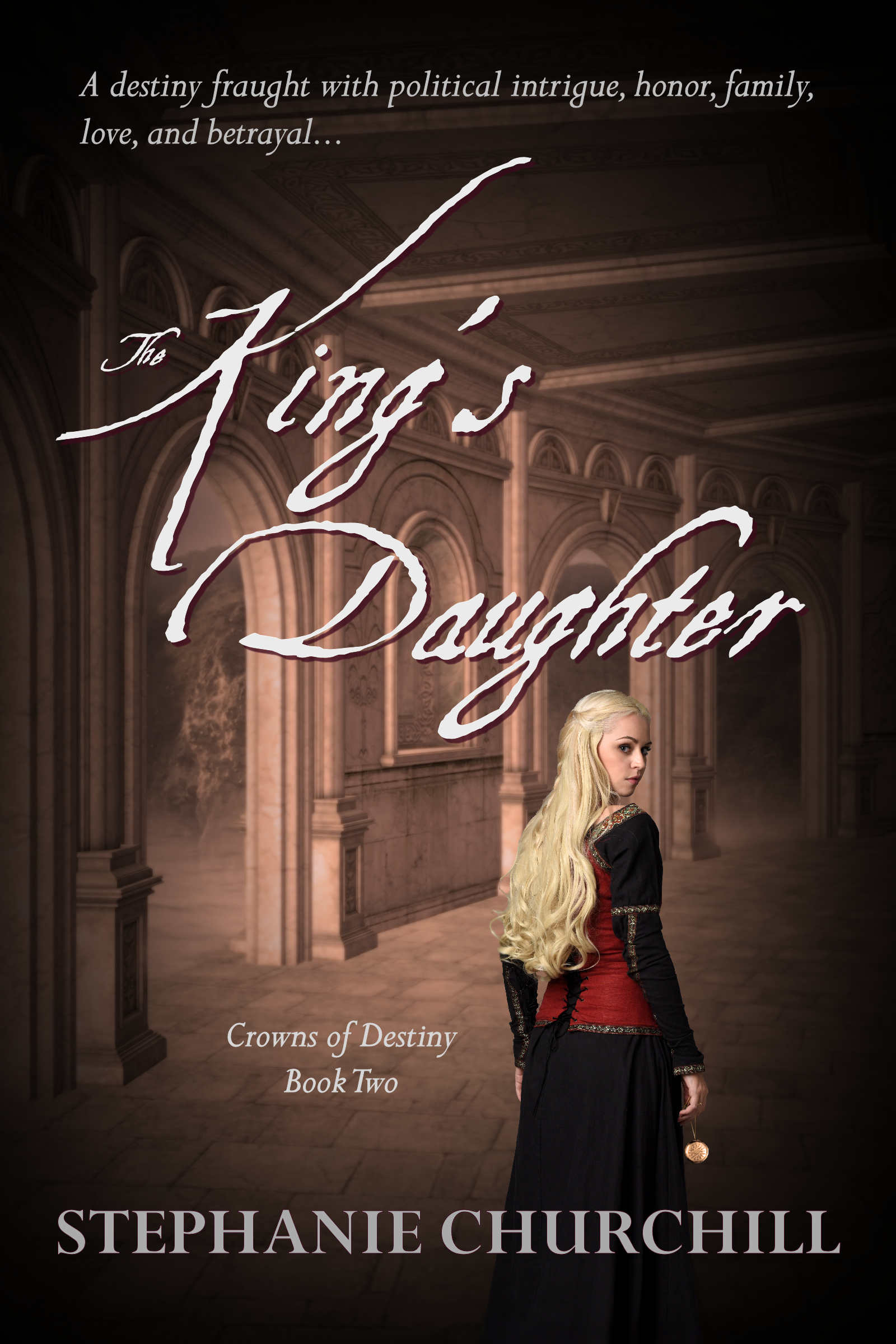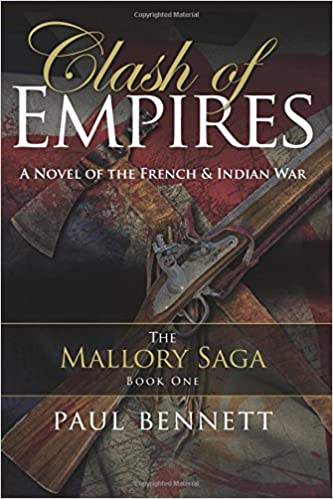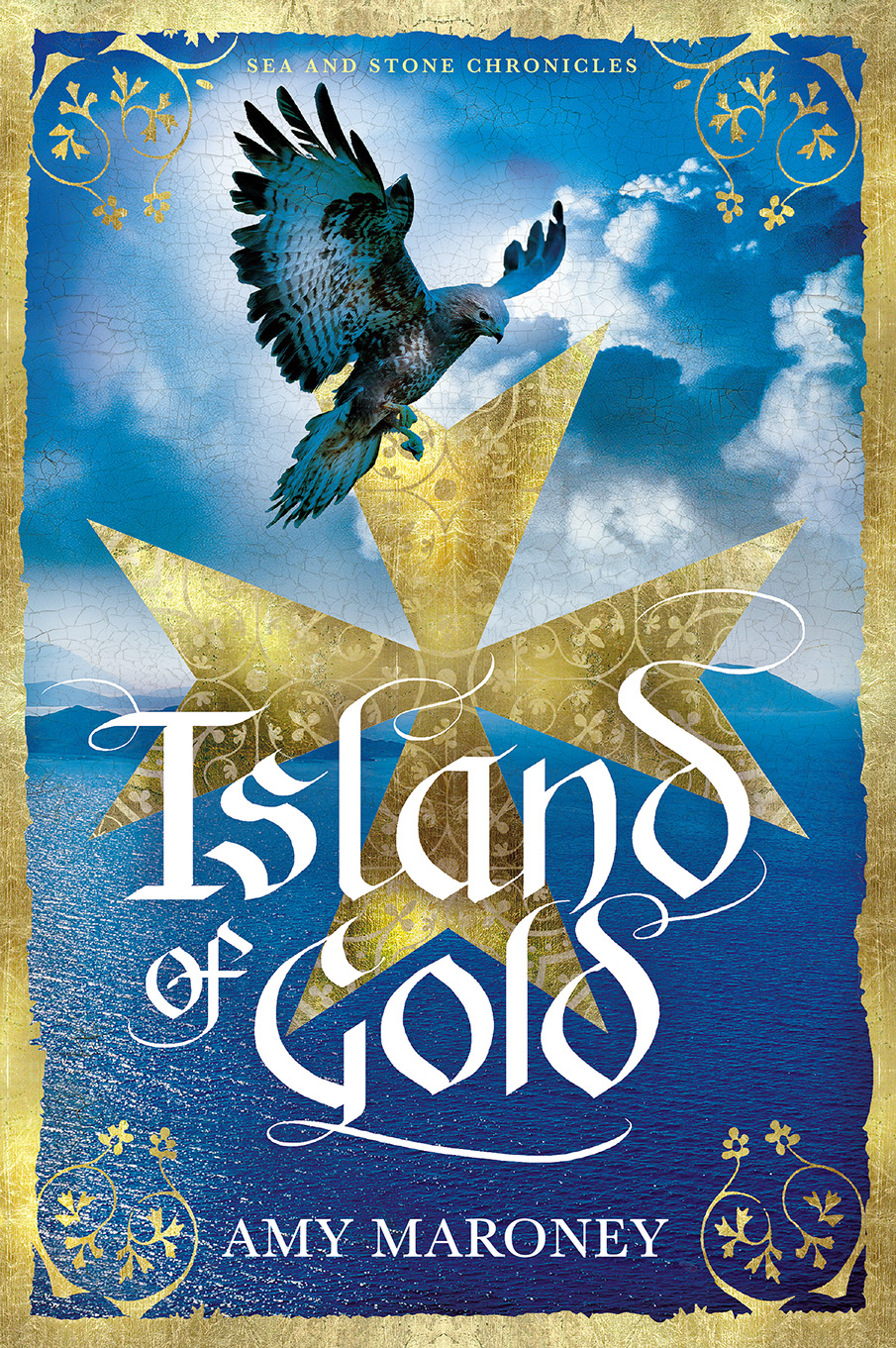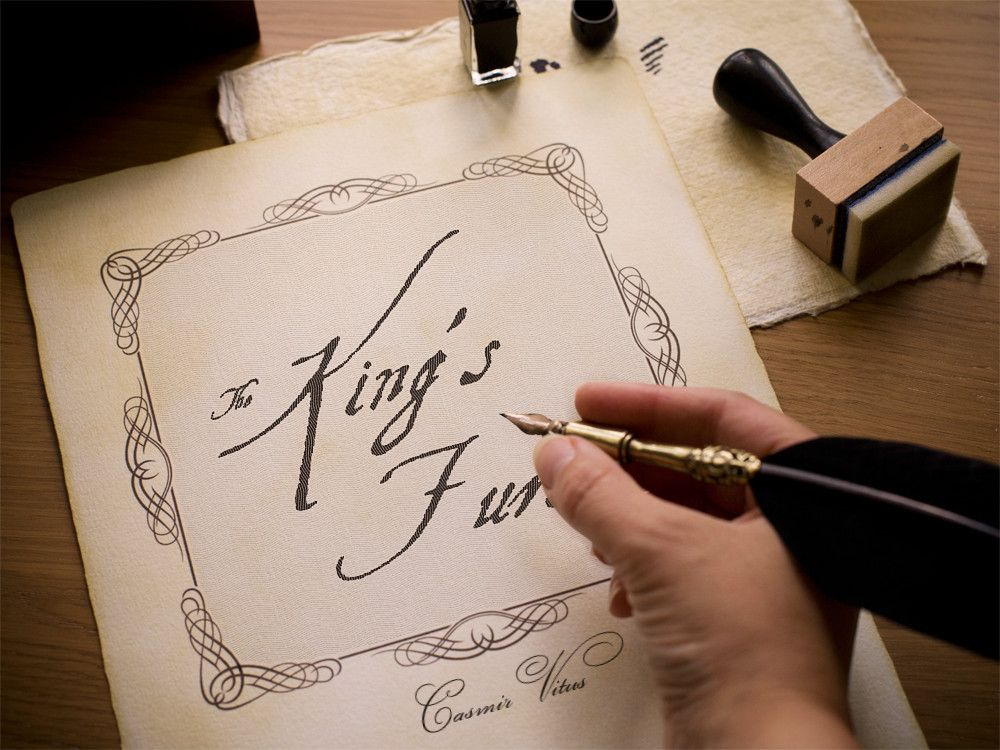Fall 2020 Update – What in the World is Going On?
I know I’ve been quite on my blog and website for quite a while. Once I published my last book, The King’s Furies, I had the idea that I’d write a weekly or bi-weekly blog post to update readers on my progress to give a behind-the-scenes look at what goes into my writing life. But as I got further into those blog posts, I realized that I don’t really have anything particularly stimulating to write about. I wanted to give readers an inside scoop about the writing journey, but to be honest, it’s kind of boring most of the time. There are lots of memes out there like this, and…
Book Review: A Time for Swords, by Matthew Harffy
Lindisfarne, AD793. The life of a novice monk will be changed forever when the Vikings attack in a new historical adventure from Matthew Harffy. There had been portents – famine, whirlwinds, lightning from clear skies, serpents seen flying through the air. But when the raiders came, no one was prepared. They came from the North, their dragon-prowed longships gliding out of the dawn mist as they descended on the kingdom’s most sacred site. It is 8th June AD793, and with the pillage of the monastery on Lindisfarne, the Viking Age has begun. While his fellow monks flee before the Norse onslaught, one young novice stands his ground. He has been taught…
ARCHIVE: Loving the Enemy – The Seeds of Revolution, by Dominic Fielder
Jekyll and Hyde has been on the GCSE syllabus now for a few years. As much as I enjoy teaching about it, I find myself painfully aware of the brilliance of Robert Louis Stevenson’s prose and his rich vocabulary. Just occasionally I will try and slip ‘slatternly’ and ‘catholicity’ into everyday conversation but you must choose your moments! As the story reaches the final chapter, we at last read Jekyll’s account and begin to feel some sympathy for the man, a luxury never extended to Edward Hyde. Which made me think about the diet of war films and westerns that were my intake from early teenage years on. The enemy…
ARCHIVE: Mary Anne Yarde – Why I Wrote the Du Lac Chronicles
A generation after Arthur Pendragon ruled, Briton lies fragmented into warring kingdoms and principalities. Eighteen-year-old Alden du Lac ruled the tiny kingdom of Cerniw. Now he half-hangs from a wooden pole, his back lashed into a mass of bloody welts exposed to the cold of a cruel winter night. He’s to be executed come daybreak—should he survive that long. When Alden notices the shadowy figure approaching, he assumes death has come to end his pain. Instead, the daughter of his enemy, Cerdic of Wessex, frees and hides him, her motives unclear. Annis has loved Alden since his ill-fated marriage to her Saxon cousin—a marriage that ended in blood and guilt—and…
ARCHIVE: Author Barbara Spencer – Why I Wrote Broken
I am known as an author of YA thrillers and children’s books, and it was a complete surprise to find myself writing ‘Broken’ which is for adults. I had just completed the time-slip novel, ‘Time Breaking’. An instant success which took me to many book-signing events at Waterstones, I decided to use the same time-slip format for my next novel but with a male lead rather than a female. Unfortunately, and I plead total ignorance as to why or how it happened, my pen took off and instead of sending my hero back in time, I found myself investigating rivers and monasteries, peat moors, rhynes and clyces. The result was…
Interview with Amy Maroney
Author Amy Maroney’s Miramonde Series tells the story of a Renaissance-era woman artist and an American scholar linked by a 500-year-old mystery. In Book 1, The Girl from Oto, the heroine of the series is born into a cruel and violent noble family; her mother names her Miramonde, ‘one who sees the world.’ Raised in a convent, Mira becomes an extraordinary artist—never dreaming she will one day fulfill the promise of her name. Mira’s modern-day counterpart, Zari Durrell, is a young American scholar doing research in Europe who discovers traces of a mysterious woman artist in several sixteenth-century paintings. Soon she’s tracing a path through history to Mira herself—but the…
A Behind the Scenes Look at the Making of The Mallory Saga, by Paul Bennett
My interest in history began in the early 1960’s and can be partially attributed to movies such as, Spartacus, The 300 Spartans, Ben Hur, and the like. A purloined, rolled up, weekly food store newspaper advertisement made an excellent gladius; the handle held together with only the finest rubber bands; my best friend and I exchanged blows as Kirk Douglas and Tony Curtis battling it out for Olivier’s pleasure. In quieter moments, at the Monteith Branch of the Detroit Public Library system, I read about Heinrich Schliemann and his discoveries at Mycenae, and at Troy. I was hooked on history from then on. All through my educational phases, up through 3…
ARCHIVE: My First Blog Post from 2015
My first blog post! How odd it feels to blog — to write my thoughts, opinions and share from my vast store of wisdom for the world at large to read. But you wrote a book, you say. Why is blogging different? Well, it just is (*she says with a shaking, scolding finger point*). For some reason writing a 100,000+ word novel is far less daunting to me than writing a blog. I have a lot of theories as to why, but I won’t go into that in this post. Since I’m a blogger now, I hold absolute, cosmic-like power here in this space and can get into that subject…
ARCHIVE: Plans Change – The King’s Furies
“It is a woman’s privilege to change her mind.” – Thomas Draxe, 1616 I have a confession to make. I have a hard time making up my mind sometimes. There are just so many possibilities that the way ahead can feel like a giant room containing lots and lots of doors. Any of those doors could open into the next best thing. But the big question is which door to open? As I was writing The Scribe’s Daughter, my next book was already taking shape in my head. Kassia’s sister Irisa had a very important story to tell. It was a no-brainer to write her story next. Each of the…








